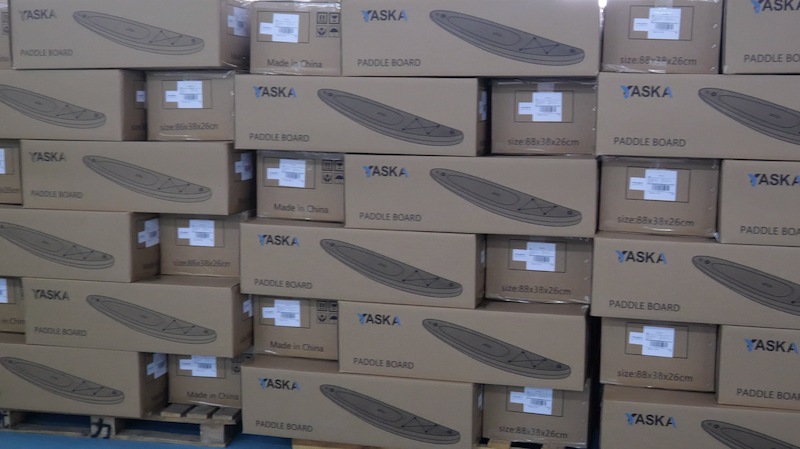
Key Points Of Preventing Air leakage On Inflatable Paddle Board
July 04,2024When it comes to inflatable paddle boarding, one of the most crucial aspects to consider is the airtightness of the board. A well-sealed paddle board will not only provide better performance on the water but also ensure your safety and enjoyment during your paddling adventures. In this blog post, we will explore some essential tips on how to ensure the airtightness of your inflatable paddle board and prevent any air leakage.
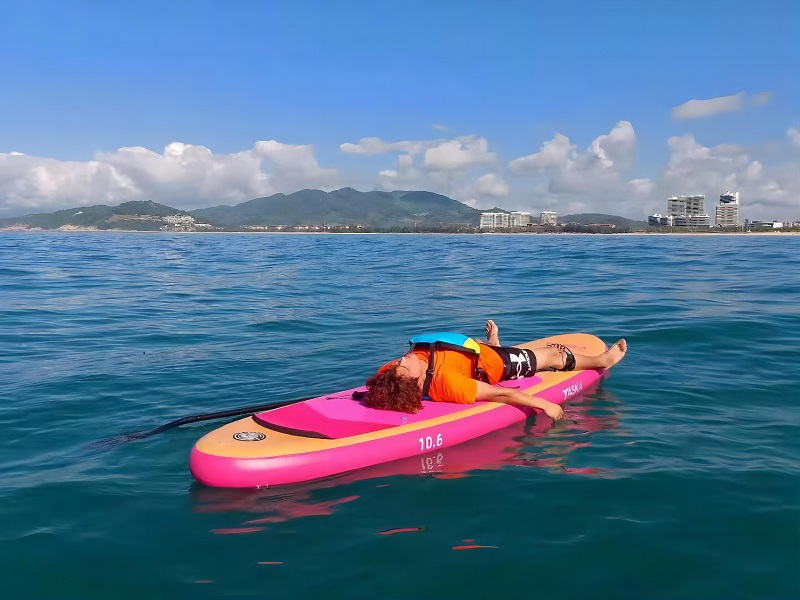
Properly inflate the board: Start by inflating the board to the recommended PSI (pounds per square inch),15 PSI on Yaska boards. Our pump equipped with a pressure gauge to accurately measure the inflation level. Over-inflation can put excessive strain on the seams and valves, leading to potential leaks. On the other hand, under-inflation may result in a weak and unstable board.
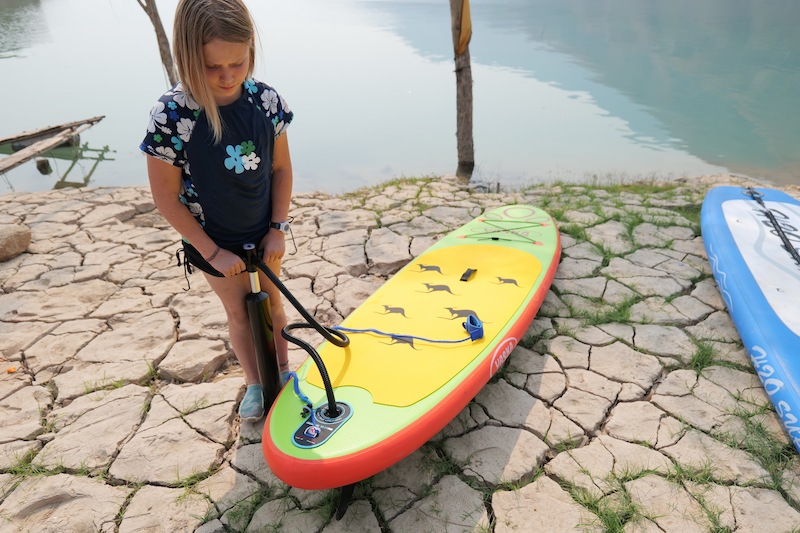
Check for leaks before each use: Before hitting the water, it's essential to check for any possible leaks. Inflate the board fully and carefully inspect the surface by listening for any hissing sounds or feeling for escaping air with your hands. Pay close attention to the valves, seams, and any patches or repairs on the board.Yaska conduct internal inspection 48 hours before delivery to make sure all are approved to ship.
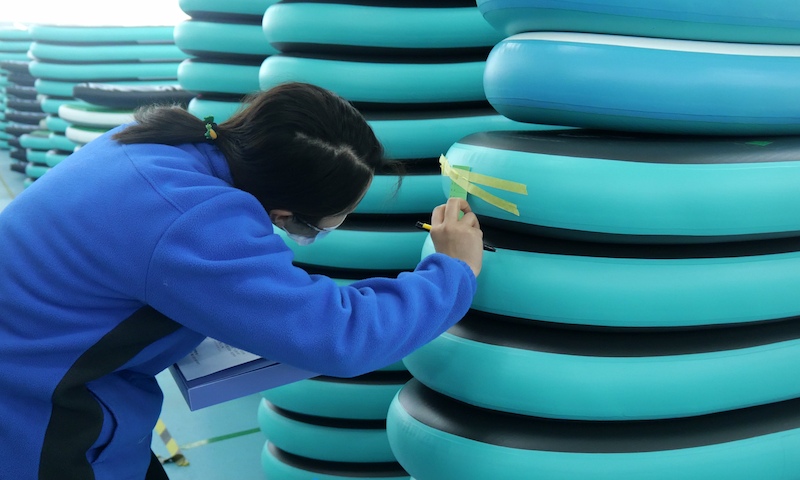
Tighten valve caps: Yaska board always ensure that all valve caps are tightly closed to prevent air from escaping. Loose or improperly sealed valve caps can lead to gradual air loss and affect the performance of your paddle board. Use your fingers to tighten the caps firmly, but be cautious not to overtighten and risk damaging the threads.
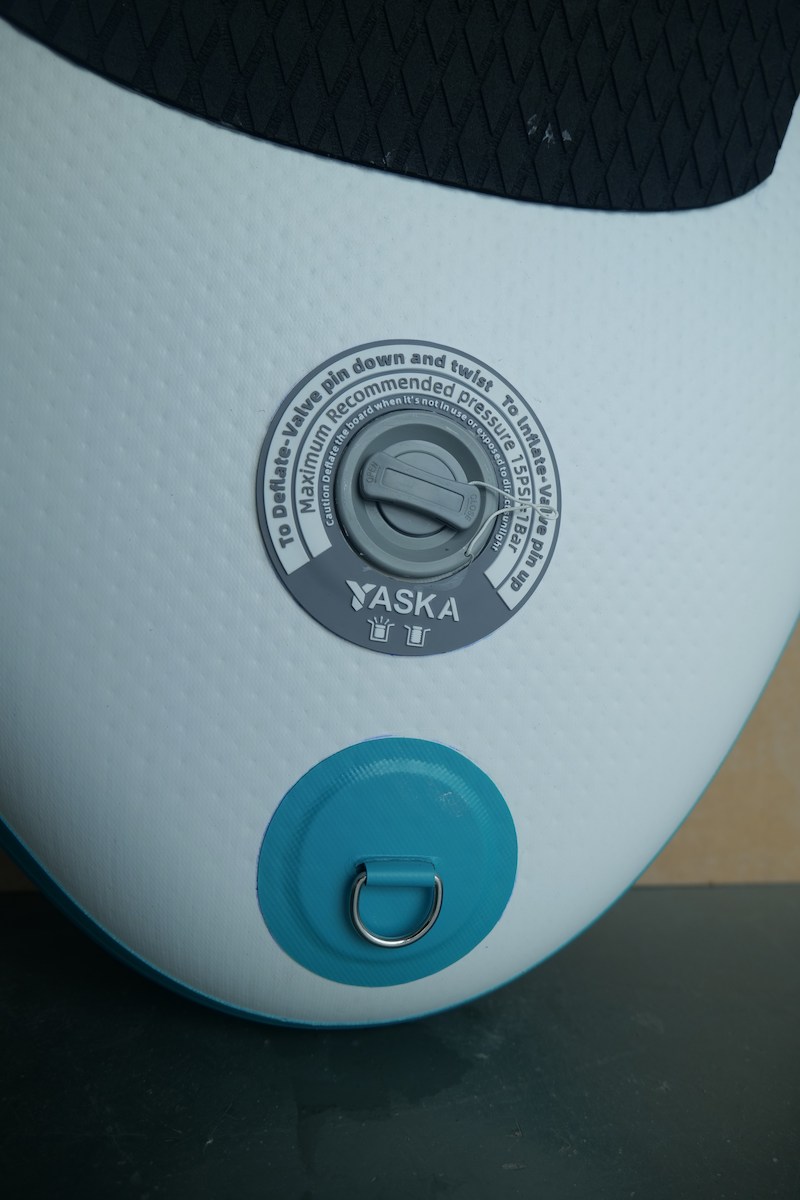
Use valve wrench if necessary: Yaska inflatable paddle boards come with valve wrenches to help secure the valves tightly. Use them to ensure a snug fit and prevent any air leakage. Follow the instructions provided on how to use the wrench properly.
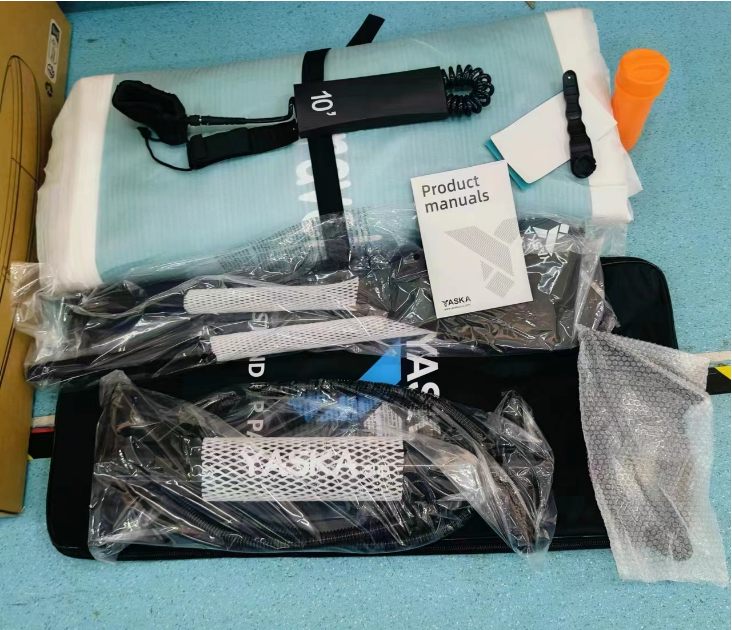
Be mindful of temperature changes: Air expands and contracts with temperature fluctuations, which can affect the pressure in your paddle board. When transitioning from cold to warm environments or vice versa, it's important to adjust the pressure accordingly. Monitor the inflation level and make slight adjustments as needed to maintain the optimal PSI.
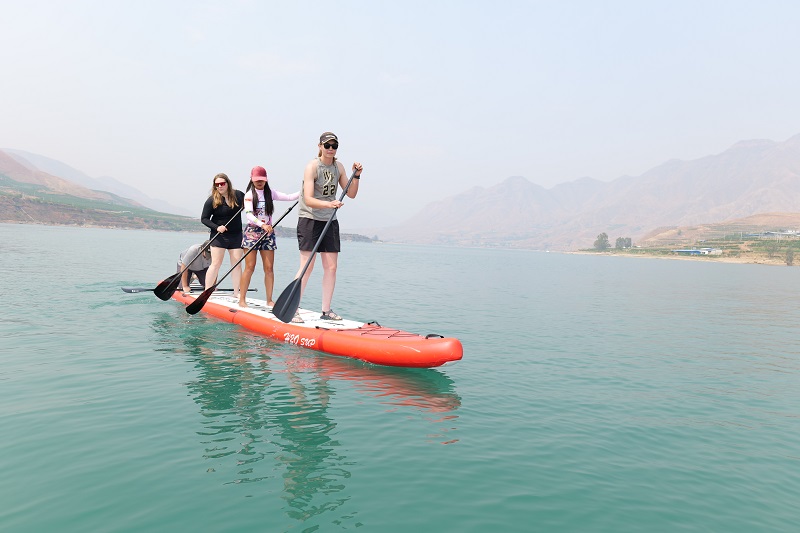
Store and transport with care: Proper storage and transportation can also contribute to maintaining the airtightness of your board. When not in use, store it in a dry and cool place away from direct sunlight and sharp objects that could puncture the board. When transporting the board, use a protective bag or cover to shield it from potential damage.
